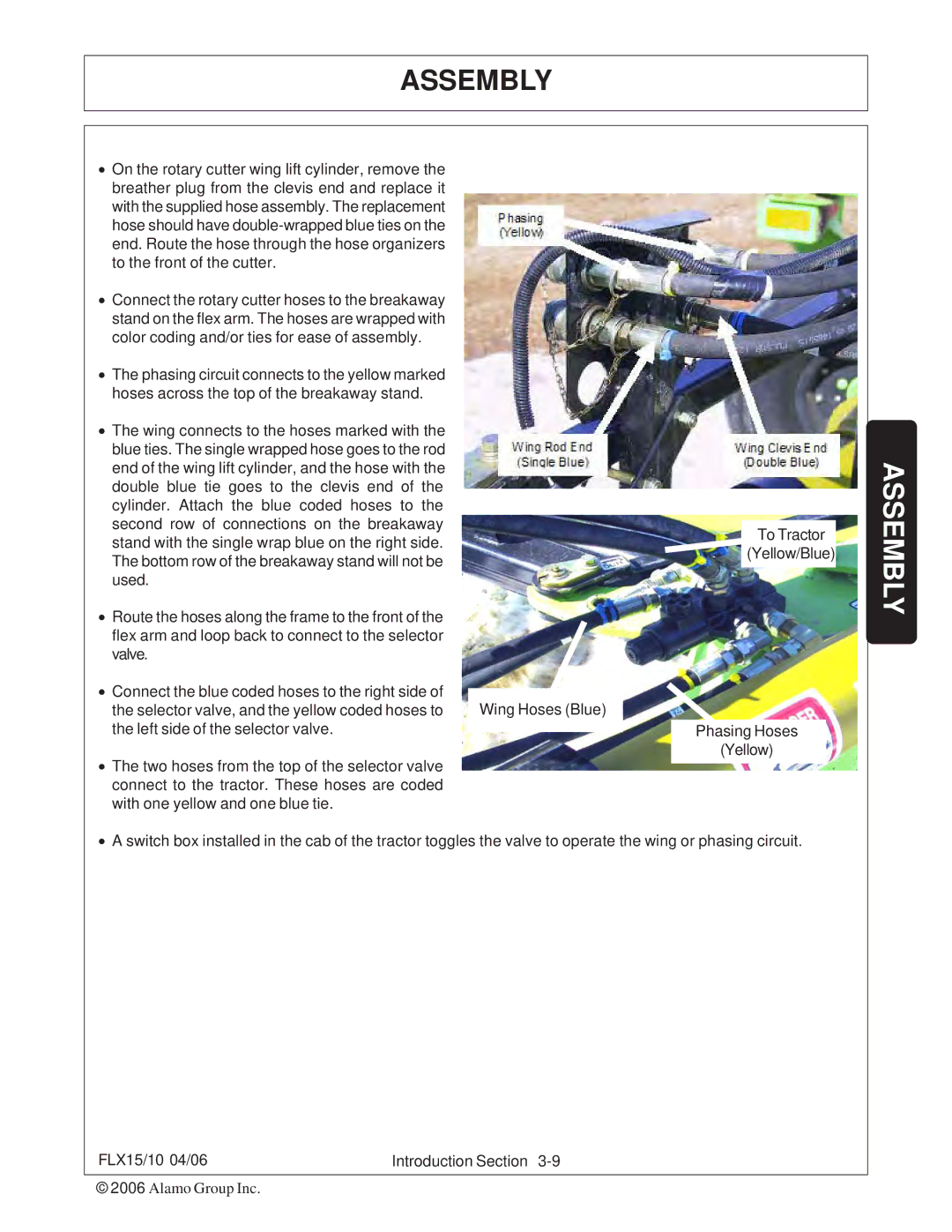FLX15, FLX10 specifications
Tiger FLX10 and FLX15 are advanced multi-functional devices that have been designed to cater to diverse industrial and commercial needs. These machines stand out in their respective sectors due to their superior features, cutting-edge technologies, and robust characteristics, making them suitable for various applications.The Tiger FLX10 brings a host of features that enhance productivity and efficiency. At its core, it integrates a powerful multi-core processor that ensures high-speed performance, allowing users to handle complex tasks with ease. The device is equipped with an intuitive user interface, which simplifies navigation and allows for seamless operation. The FLX10 also boasts impressive multitasking capabilities, enabling users to run multiple applications simultaneously without any lag, thus streamlining workflows.
On the other hand, the FLX15 takes performance a notch higher with its enhanced processing power and memory capacity. It is tailored for more demanding applications, making it ideal for industries requiring high-level data processing and analytics. This model features advanced connectivity options, including Wi-Fi, Bluetooth, and USB ports, facilitating easy integration with other devices and systems. Additionally, the FLX15 supports robust security features, safeguarding sensitive data and ensuring compliance with industry standards.
Both models incorporate advanced technologies that improve functionality. For instance, they utilize state-of-the-art thermal management systems, ensuring optimal performance even in high-temperature environments. The machines are designed with energy efficiency in mind, reducing power consumption while maintaining high output levels, which is a significant consideration for environmentally conscious users.
In terms of durability, both the Tiger FLX10 and FLX15 are constructed using high-quality materials, making them resistant to wear and tear. Their rugged design ensures longevity, minimizing downtime and maintenance costs. Furthermore, these devices come equipped with comprehensive support and warranty options, providing users with peace of mind regarding their investment.
In summary, the Tiger FLX10 and FLX15 are exemplary devices that embody modern technological advancements in industrial applications. With their powerful performance, user-friendly interfaces, advanced connectivity, and robust durability, they stand out as reliable solutions in today’s fast-paced business environment. Both models are well-positioned to meet the evolving demands of various sectors, making them valuable assets for companies looking to enhance their operational efficiency.

